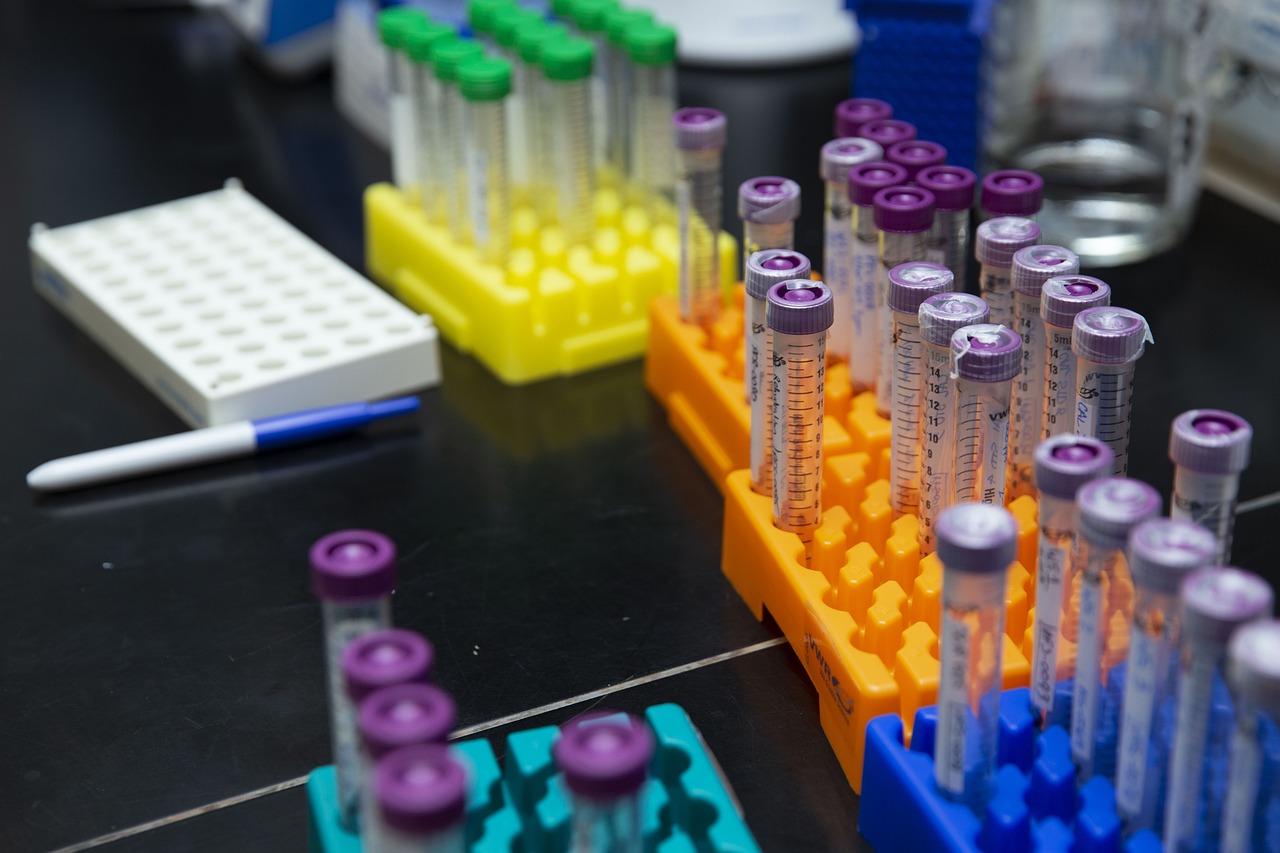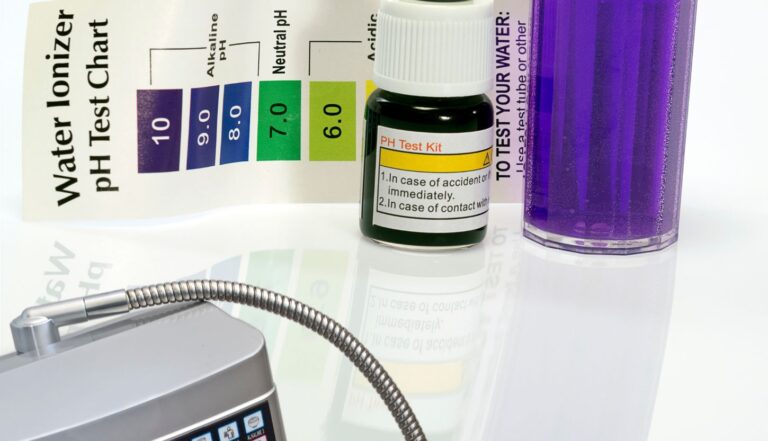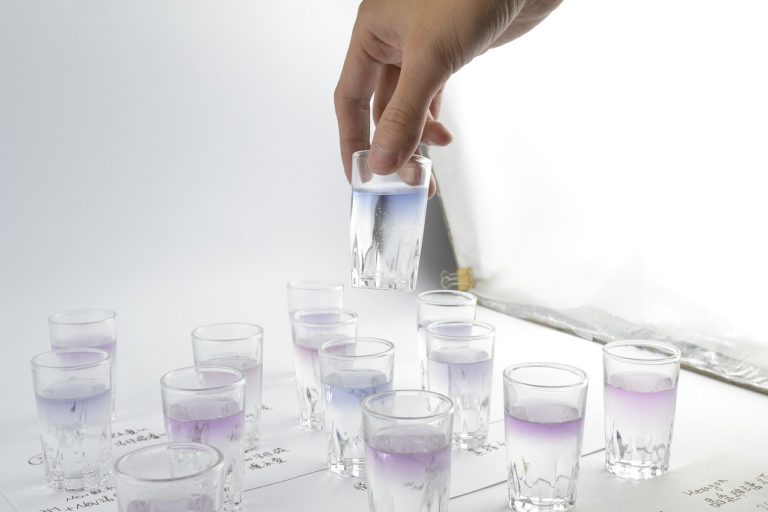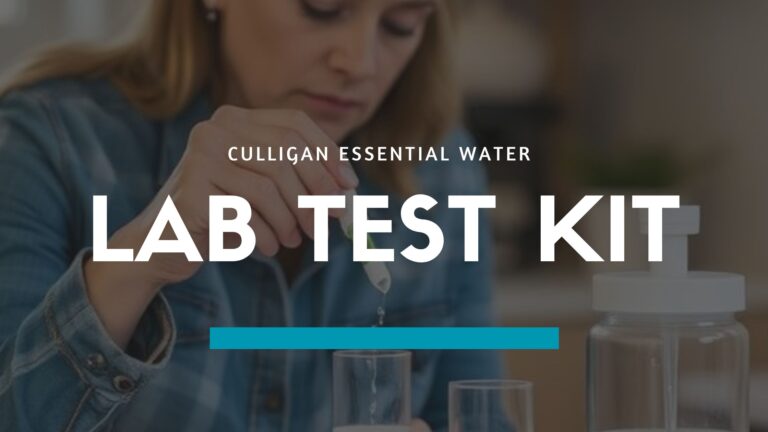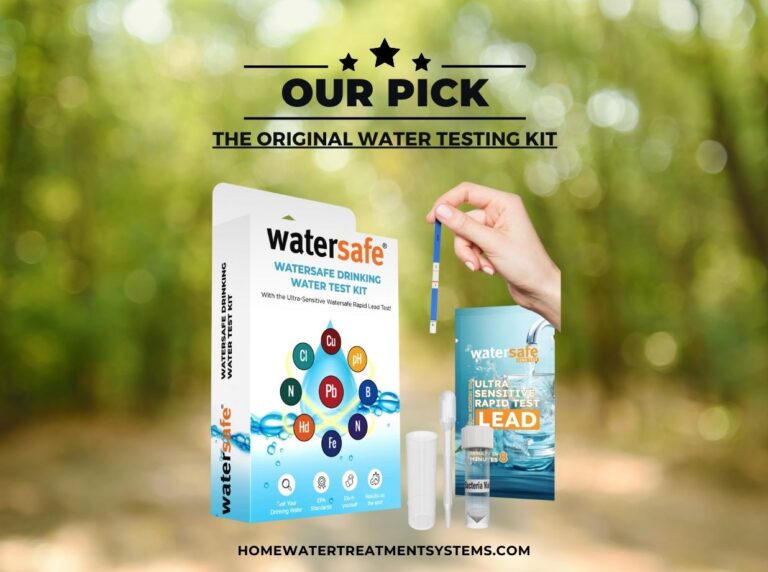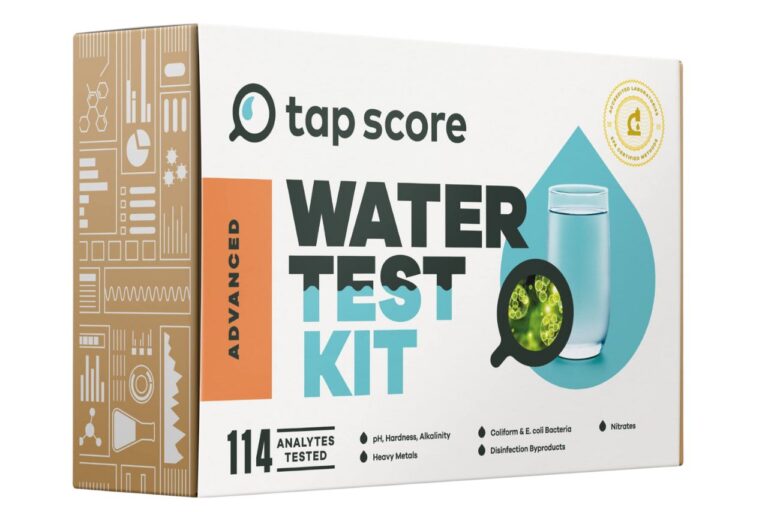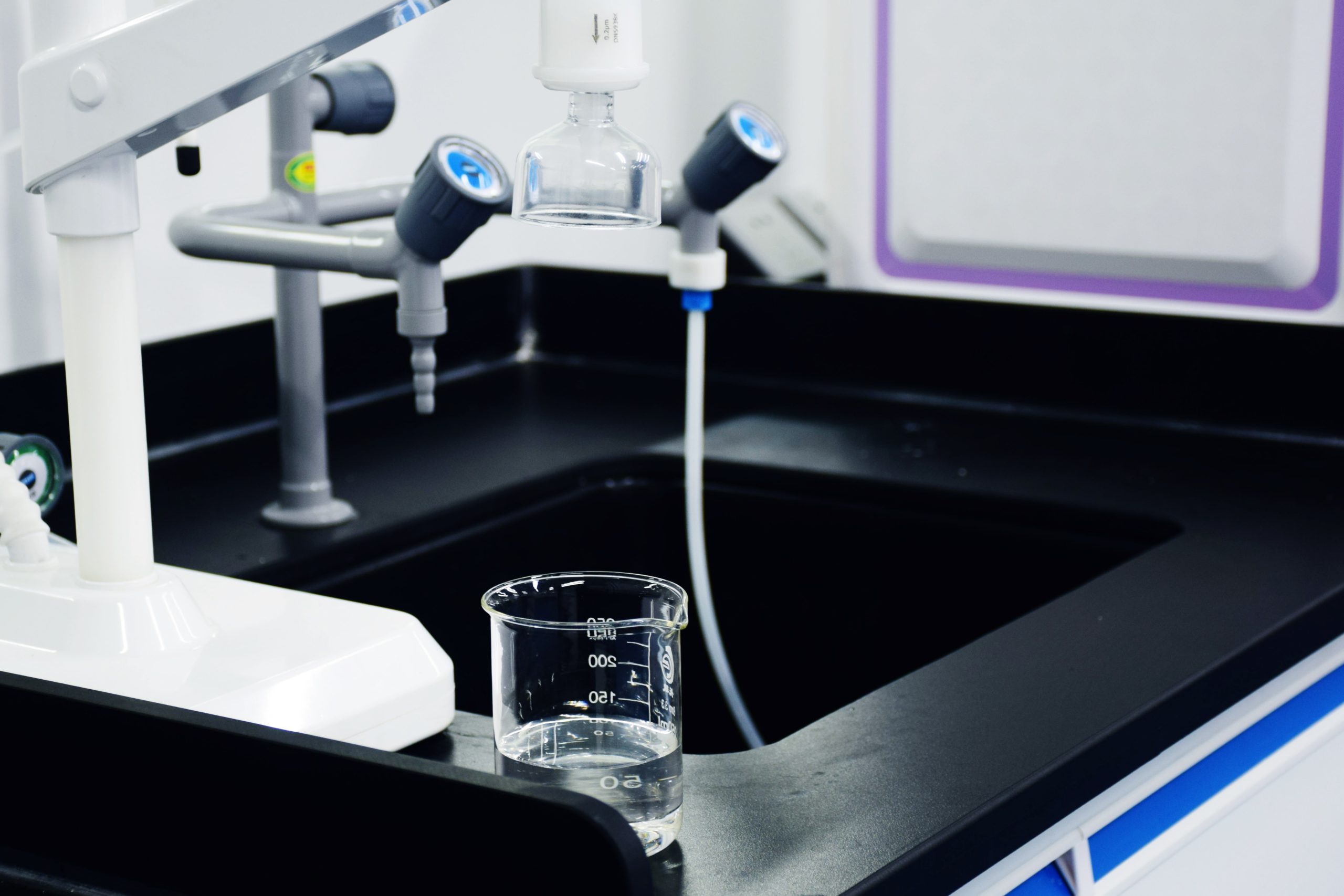How to Make the Most of Your Home Water Quality Monitor
Knowing your home’s water quality is essential to protecting your health and the environment. With a home water monitor, you can quickly and easily test for contaminants in your water, so you can take action if needed. This guide provides all the information you need for making sure your home’s drinking water is safe and healthy.
Understand the Different Types of Contaminants in Water
There are a variety of contaminants that can be found in drinking water, depending on the source. Common contaminants include bacteria and microorganisms, arsenic, lead, agricultural runoff, and volatile organic compounds (VOCs). It’s important to understand what may be present in your drinking water so you can accurately identify any potential risks. Testing for these different contaminants with a home water monitor will help you keep track of your water quality over time.
Perform Regular Tests with Your Home Monitor
To get the most out of your home water monitor, it’s important to perform regular tests. Different contaminants in your water can fluctuate over time, as can the levels at which these contaminants are present. A home water monitor can measure a range of different impurities and metals, so be sure to stay up-to-date on what should be tested in your area. Testing frequently will ensure that you stay on top of any changes in water composition and identify any potential health risks before they become serious issues.
Find Out What the Test Results Means and How to Interpret Them
Once you have tested your water, it’s important to understand what the results mean and how to interpret them. Different areas of the world may have different levels that are considered safe for drinking water, so look up local regulations and check your test results against these limits. Additionally, be aware of what contaminants are present in your water and what health risks they present. Knowing this information will help you determine whether or not additional steps should be taken to improve the quality of your home’s drinking water.
Take Immediate Action When Test Results Show a Problem
When your test results show that there is an issue with your home’s water, it’s important to take immediate action to address the problem. Depending on the type of contaminants in your water, there are many solutions available that you may need to consider, such as adding a water filter or switching to bottled drinking water. Additionally, if the water contamination is more severe, it may be necessary to hire a professional company to provide remediation services. Whatever the situation may be, it’s important to take any needed steps right away in order to protect your health and safety.
Learn Simple Actions You Can Take to Improve Your Water Quality
Taking action to improve your home’s water quality doesn’t have to be difficult. There are simple steps you can take to reduce the presence of contaminants in your water. Make sure your drinking water is filtered properly and use bottled water that meets the safety standards set by the Environmental Protection Agency (EPA) to avoid serious health problems. Additionally, consider installing a comprehensive water treatment system and have it inspected on an annual basis. Following these actions should ensure that you are getting safe and clean drinking water.

